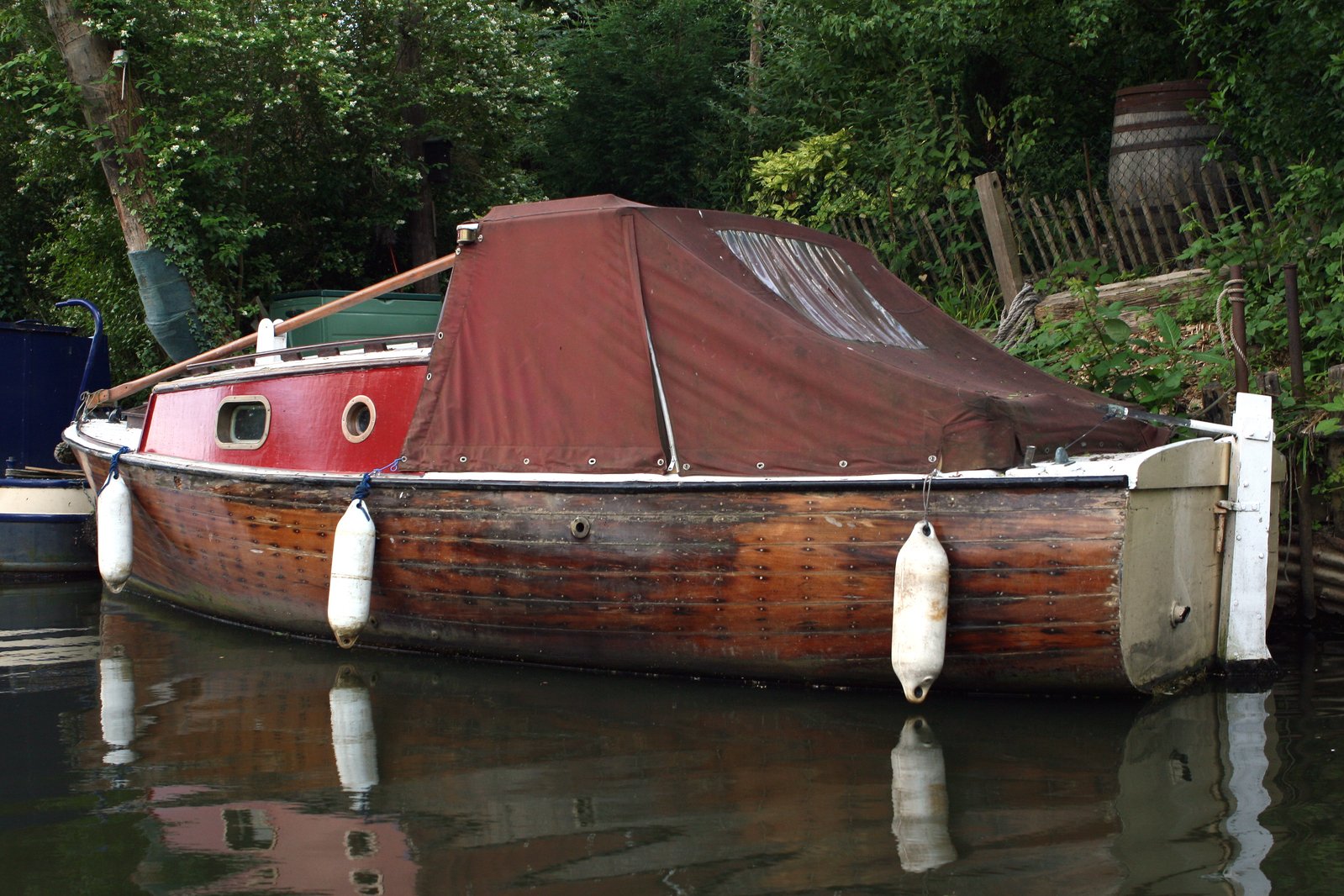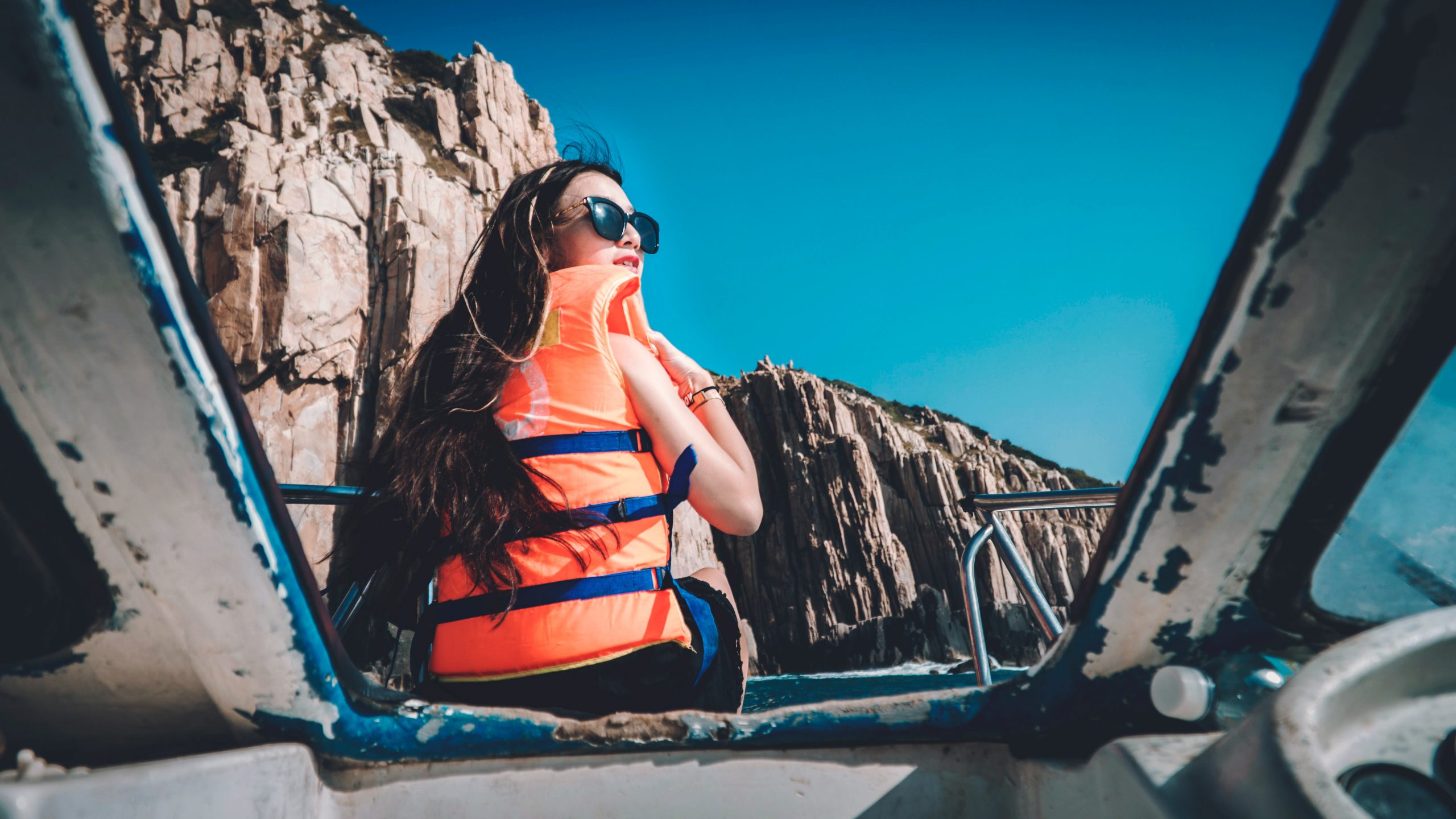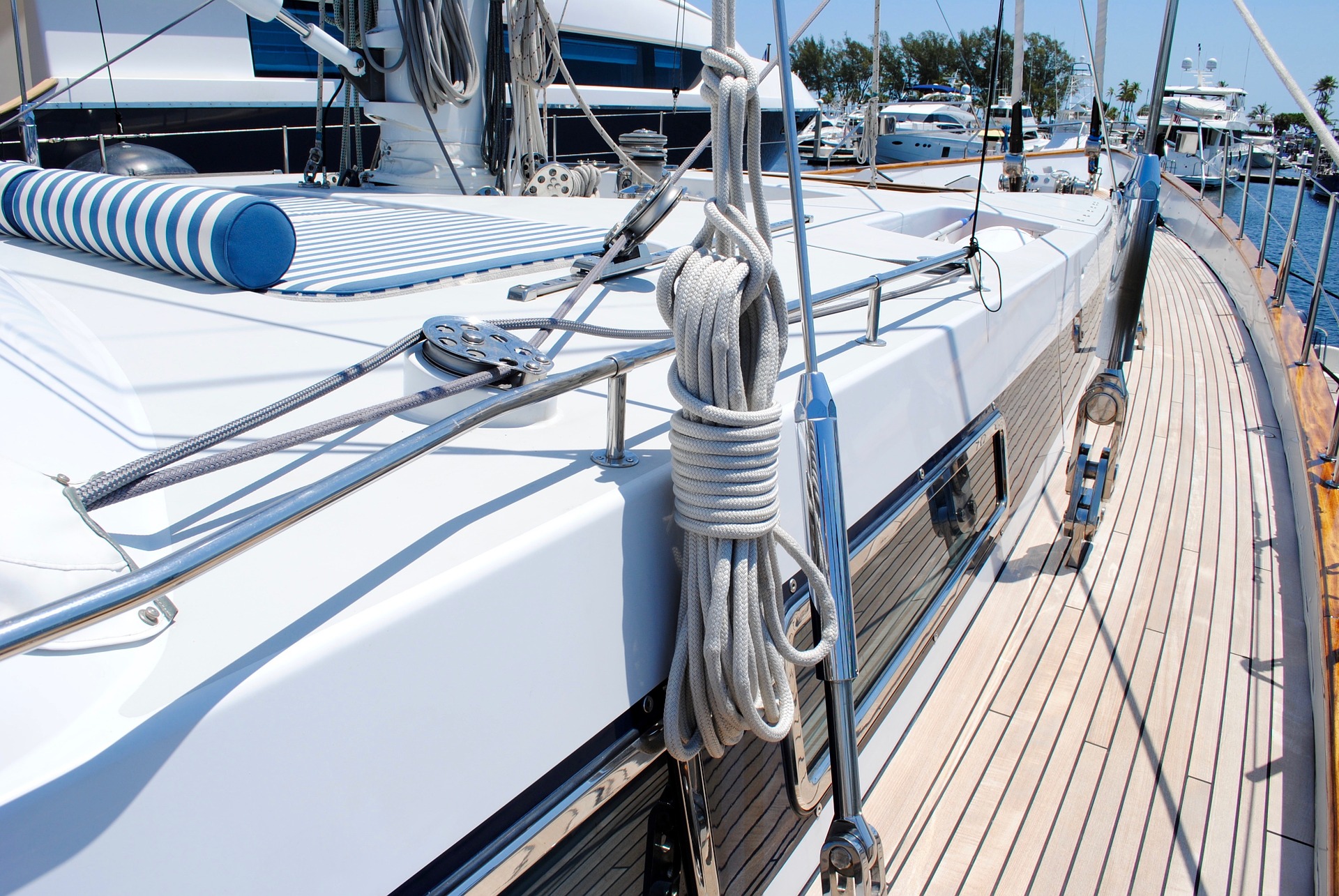
Cruising is a great way to set aside work and enjoy the company of the sea. You’ll have time to relax, go fishing, or even have quality time with your family and friends.
For first-timers, it is recommended to bring cruising gear that can help or save you from any problem when you’re in the ocean. So, what are the suggested cruising gear that you must have?
PERSONAL FLOATING DEVICE

Having a life vest in your boat should be your number one priority especially if you’ll bring your kids. It’s not that you’re expecting something to happen but it’s just a way of getting ready. There are various life vests to choose from depending on your needs.
- Type I: Offshore Life Jackets - good for rough waters since it’s excellent in flotation. One of its best features is that it can mostly turn a person’s face up in the water.
- Type II: Near-Shore Vests - preferred to use in calm waters where rescues can approach quickly.
- Type III: Flotation Aids - this type of vest is designed for different water sports and is not recommended for rough waters.
- Type IV: Throwable Devices - this is not wearable and is usually thrown at a person who is in the water so they can hold on to it until rescued.
- Type V: Special-Use Devices - this vest is designed specifically for activities such as wakeboarding, kayaking and windsurfing.
Price range: $11.64 - $124.95
Where to buy: You can buy different kinds of life vests online. If you’re planning to buy, you can check here.
VISUAL DISTRESS SIGNALS (VDS)
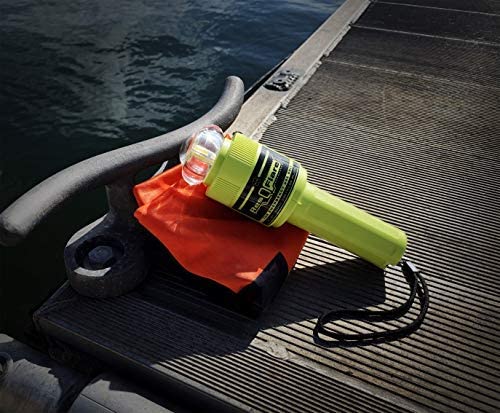
This device will help coast guards and other boaters locate your vessel in case of emergency. Vessels are required to have these onboard so before starting your trip double-check if your VDS is complete.
There are three types of VDS that you can use during the day, night, or both.
- Day use: Hand-held orange smoke signal, Floating orange smoke signals.
- Night use: Electric distress light.
- Day and Night use: Hand-held red flares, Parachute flares.
Note: Flares must be under 42 months of age for them to function properly.
Price range: $9.99 - $100.00
Where to buy: You can purchase VDS here.
BOAT FENDERS
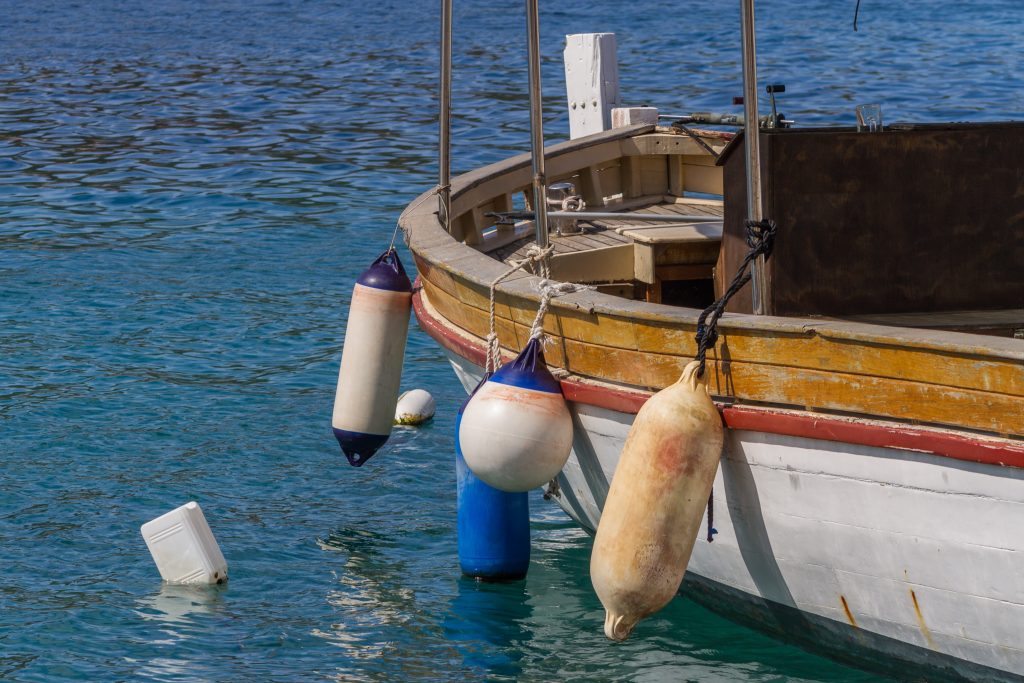
Boat fenders are not just for style but also safety purposes. For some of you who have no idea what it’s for, fenders are used to prevent boats from colliding against each other and are considered the best defense against scratches.
Most of you might ask, from all the boat fenders out there, what is the best for your cruising vehicle? Well, it depends on your budget and your style. A simple fender can still protect you from colliding but if you want long-lasting fenders, you should consider some factors before buying.
So what do you need to know when buying boat fenders? First, you need to distinguish your boat’s weight, length and mooring condition. Now, the golden rule when buying boat fenders is to use one fender per 10 inches of the waterline but keep in mind that your boat should at least have three fenders.
Now that you know how many fenders you need, it’s time to choose the right size and style for your boat.
- Mission Sentry Fenders - these stylish fenders were designed for tow-sports boats and other small boats. It’s made from closed-cell foam and can protect both below and above the rub tail. The straps are adjustable and can be locked so it won’t move when hanging on your boat.
- Cylindrical Fenders - most boat owners use these traditional fenders since it’s recommended for every boat. It can be hung in different ways - vertically, horizontally, or diagonally. Horizontal hangings are perfect to prevent your boat from hitting exposed pilings.
- Ball Fenders - these fenders can protect your boat from any crash impact when inflated properly. For ball fenders, it is recommended to have 2 inches-diameter for every 4 feet of boat length. Storing is also a factor to maintain a long-lasting fender. Before buying, make sure that you have enough storage space especially if you’ll buy a round fender.
Price range: $9.99 - $189.99
Where to buy: You can check various boat fenders here.
MEDICAL KIT
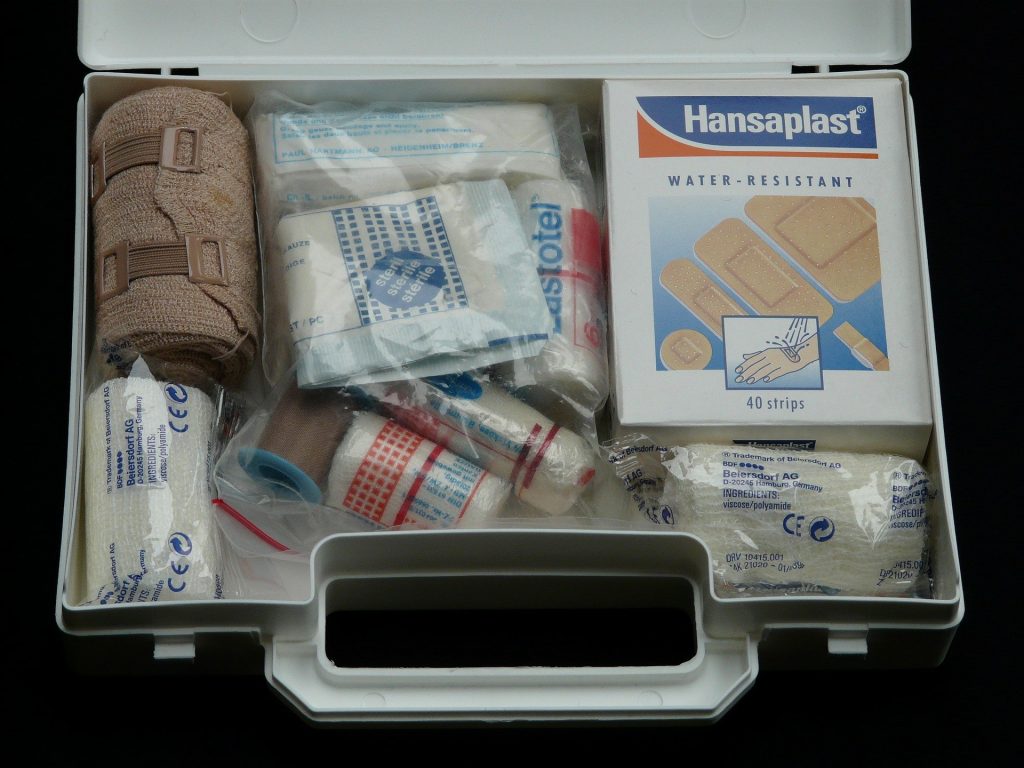
In times of emergency, a small medical kit can help you a lot especially if you’re already on the open water. Before going on a boating trip, make sure that your medical kit is complete and has items such as bandages, safety pins, tweezers, sterile gauze dressings, etc.
Also, your medical kit should have common drugs such as painkillers (for children and adults), cough medicine, indigestion medicine and antihistamine. You can add specific drugs if you have any special condition or you have someone on board who needs a certain medicine.
Make sure that your medical kit has a waterproof case and placed where everyone can have access to it.
Price range: $32.95 - $162.50
Where to buy: You can buy waterproof medical kits here.
FIRE EXTINGUISHERS
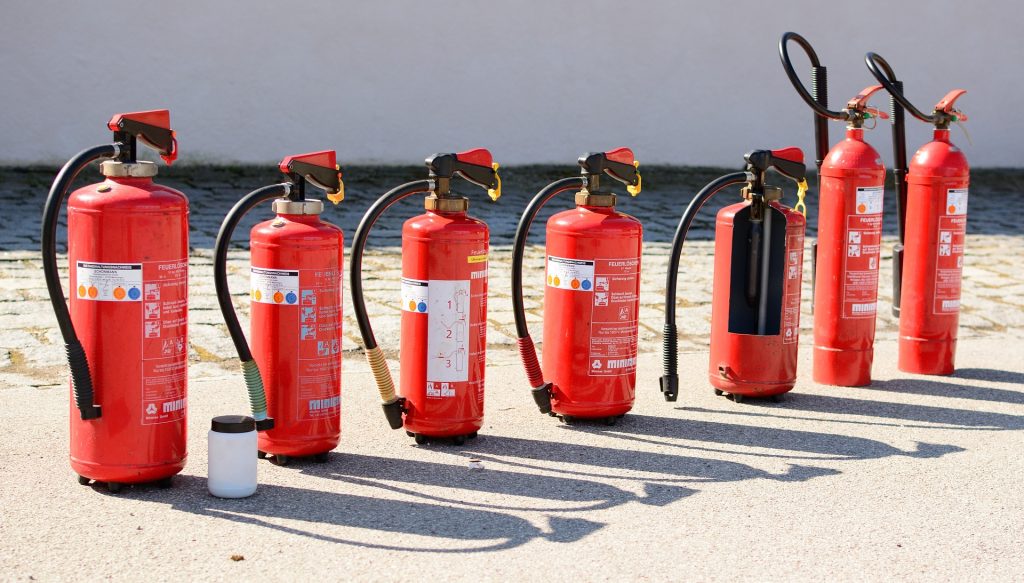
There are three classes of fire extinguishers: Class A, B and C. And each of them has different purposes:
- Class A: for solid combustibles like wood or paper.
- Class B: for flammable liquid fuel like gasoline (do not use water).
- Class C: for an electrical fire (do not use water).
Normally, Class B is required for most vessels since it’s marine-rated and most boat fires are caused by a flammable liquid. Also, make sure that a fire extinguisher is coast guard approved before purchasing it.
Price range: $37.08 - $309.99
Where to buy: You can check coast guard approved fire extinguishers here.
MARINE RADIO
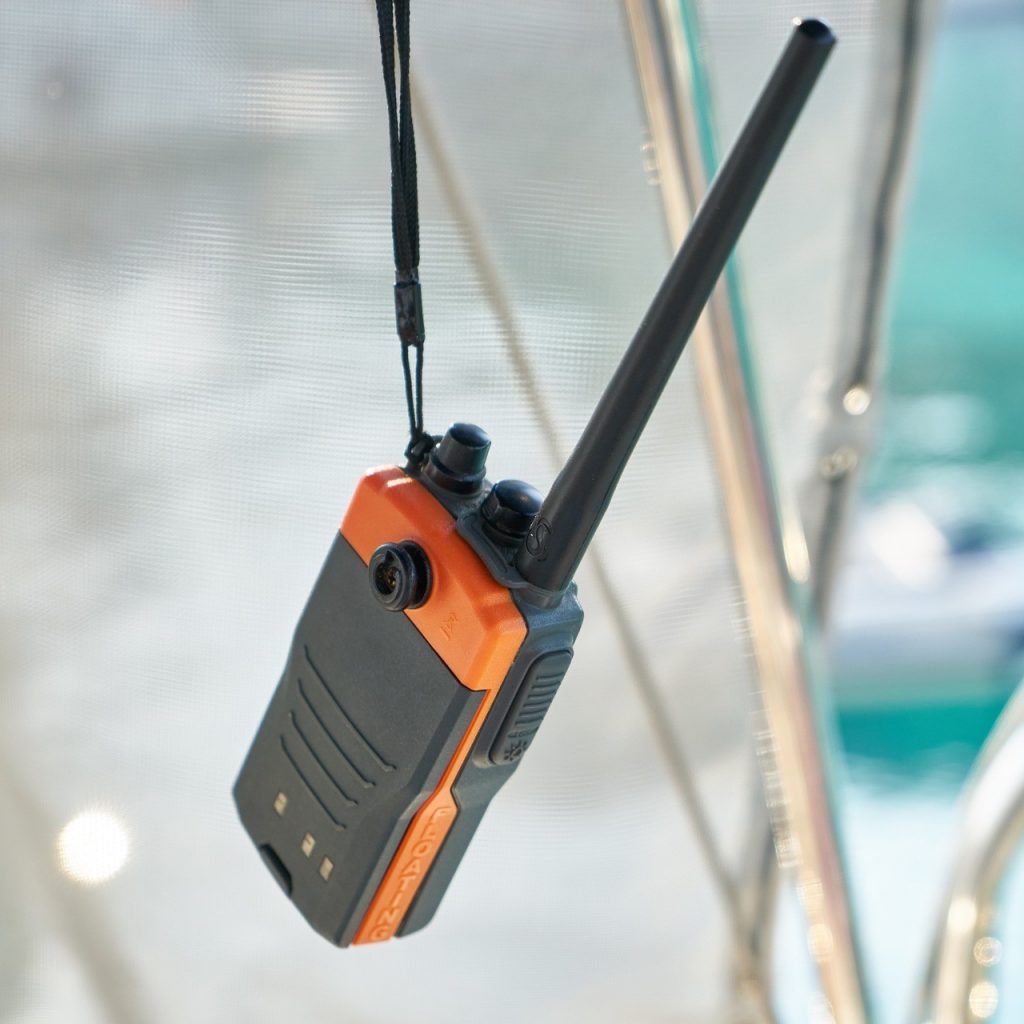
VHF marine radios can help you communicate even if you’re up to 60 miles away. This two-way communication device is commonly used to send signals or ask for help from coast guards or other nearby boats.
Also, for it to function properly, you need to choose the right antenna for your boat. This depends on the size of your boat, the quality that you want and of course, your budget.
Price range: $99.95 - $199.99
Where to buy: You can buy VHF marine radios and antennas here.
BOATING LIGHTS

Boat lights are one of the important cruising gear that you must have especially if you’ll cruise after dark. Since it’s for safety purposes, you might as well buy boat lights that will last longer.
- Masthead Light - this white light is usually placed at the centerline of a vessel and must be switched on especially at night. The masthead light usually shines forward with unbroken white light over an arc of the horizon of 225 degrees.
- Sidelights - this light serves as a sign for another approaching vessel. The sidelights are composed of red light that indicates a vessel’s port (left side) while the green light indicates a vessel’s starboard (right side).
- Sternlight - a white running light that shines at 135 degrees on the stern of a ship.
- All-Round White Light - this white light shines constantly and has an arc of 360 degrees, that can be seen by other approaching boats from any direction.
Another thing when choosing boat lights, you need to check its brightness and check if it can light up huge spaces. Also, make sure that it’s waterproof and weatherproof.
You can try the LEANINGTECH LED Navigation Lights. This navigation accessory features a great lighting performance for yacht, fishing boats, pontoon and skeeter. It can also be used as a stern light or even a bow light for your boat that is helpful especially at night.
- Has IP65 waterproof rating
- Consists of two colors in one light (green for the starboard side and red for the port side)
- LED bulb has a low power consumption
- Made of high-quality materials that have a long-lasting life
Price range: $16.89 - $21.99
Where to buy: You can buy these LEANINGTECH LED Navigation Lights at Amazon.com
FOUL WEATHER GEAR

Some of you might think that clothing can’t be considered as gear but when it comes to cruising, you should also make yourself ready for any weather conditions. Yes, your boat is fully ready and has great gear but the question is, are you ready to go?
Foul weather gear is not just for style but for safety purposes also. Imagine hopping in your cruising boat and wearing jeans and a shirt, I’m not saying that it’s prohibited but you should be responsible for what you wear.
- Inshore and Offshore - your gear must keep you dry for a long period and needs to be comfortable. It also needs to endure rough conditions like heavy rain and strong waves. A two-layer coated jacket with a hood is recommended and a waterproof trouser with watertight pockets to keep things dry.
- Day boating - this gear is designed for casual wear in sheltered water and it’s simple but can still protect you for a short time.
- Fishing - foul weather gear for fishing is almost the same with the inshore and offshore but you need to add more layers. Since fishing is messy, make sure that your clothes are ready for it. You can also use some gloves and boots or wear overall fishing bibs to keep you dry and comfortable.
CONCLUSION
When thinking about boating gear, some of us will instantly imagine the hundreds of dollars that we need to spend. But honestly, these gear are essential, especially to first-timers. This may sound cliché but prevention is always better than cure.
Keep in mind that anything can happen when you are sailing, it’s better to be ready than to be sorry.
Are you going on a boating trip with your family? Download our “Boating Equipment Checklist” and see what are the equipment that you need to carry, things to check and other boating gear to consider.
Do you agree with our list? Feel free to comment on your personal favorites below.


